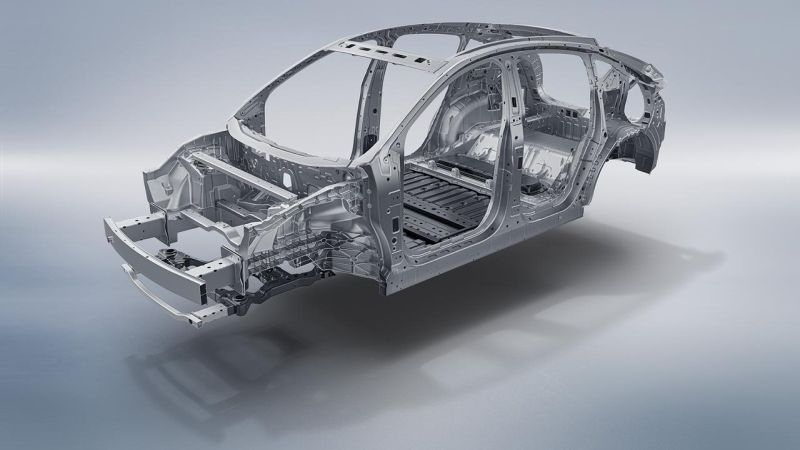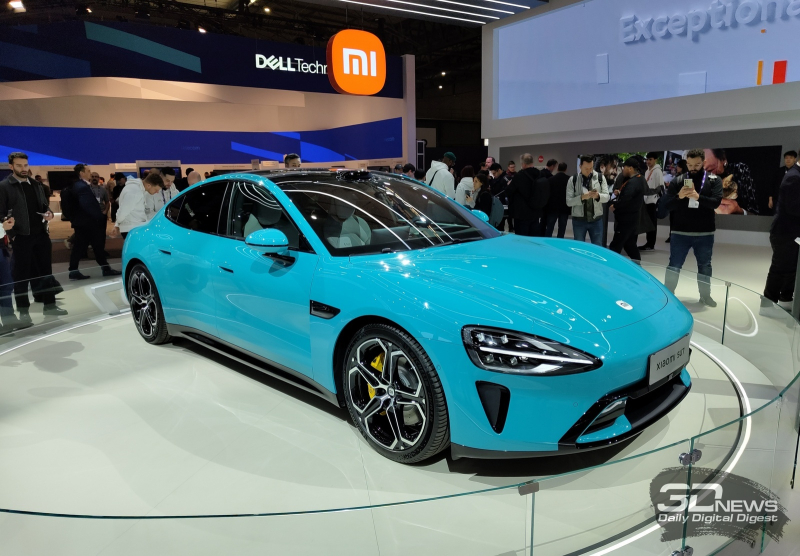According to Suolei analysts, Chinese automakers now have to attract customers in two main ways: frequently releasing new models and lowering their prices. This combination does not have a very favorable effect on the economic situation of companies. Falling profits or increasing losses make it difficult to justify the release of new models that require funds to develop.

Image source: Xpeng
As the South China Morning Post notes, more than 50 new models of electric vehicles and plug-in hybrids are expected to enter the Chinese domestic market this year. Only a few of them, according to Suolei analysts, will be able to sell in sufficient quantities to justify the costs of their development and production. The abundance of new models exacerbates price competition between market participants, and selling them at significant discounts most often brings losses to companies. In such conditions, the frequent release of new models is not justified from an economic point of view. Moreover, the Chinese market is already full of the same type of electric vehicles at attractive prices, and expanding their range sometimes does not make much sense. There will definitely be casualties in this fight in the form of models leaving the market and automakers going bankrupt.
High-tech products of Chinese automakers attract a young audience in the domestic market of the PRC, and sometimes thousands of applications are received at the stage of preliminary acceptance of orders, although actual sales of the new product have not yet begun. Representatives of the Chinese automobile industry emphasize that aggressive pricing policies of manufacturers have a stronger impact on stimulating demand than the regular release of new electric vehicle models. In the domestic market of the People’s Republic of China, hybrids and rechargeable hybrids have formed more than half of the passenger vehicles sold since July of this year.

Using the example of a newcomer in this segment, Xiaomi, which began selling its first electric car SU7 in the spring of this year, one can judge the difficulties of entering the Chinese automobile market at its current stage of development. If Xiaomi produces at least 60,000 electric vehicles in 2024 (and it plans to produce 120,000), this will still lead to losses of almost $10,000 for each SU7 sold.
The leader of the local market remains the BYD company, which, due to serious vertical integration of its business, has the opportunity to reduce its costs and maintain profitability even in the conditions of a “price war.” The Han family of electric vehicles, updated this month, turned out to be at least 2.4% cheaper than their predecessors. The auto giant can afford such flexibility in its pricing policy because it saves on both production scale and vertical business integration. The company supplies itself with the same traction batteries, and this is the most expensive part of any electric vehicle.
However, even BYD is suffering from trends observed in the Chinese market. In the first half of the year, the company’s development costs increased year-on-year by 41.6%, while revenue during the same comparison period grew by only 15.8%. BYD’s profit margin in the second quarter fell year-on-year from 21.9% to 18.7%. BYD and its competitor Li Auto, which is more modest in terms of turnover, remain the only automakers in China that are operating without losses this year. Buyers are not particularly interested in new models from competitors that are entering the market this year, because they believe that more famous manufacturers will be able to offer something more technologically advanced at lower prices. According to Goldman Sachs forecasts, if BYD reduces prices by another 7% compared to April of this year, then the entire Chinese automobile industry may turn out to be unprofitable.